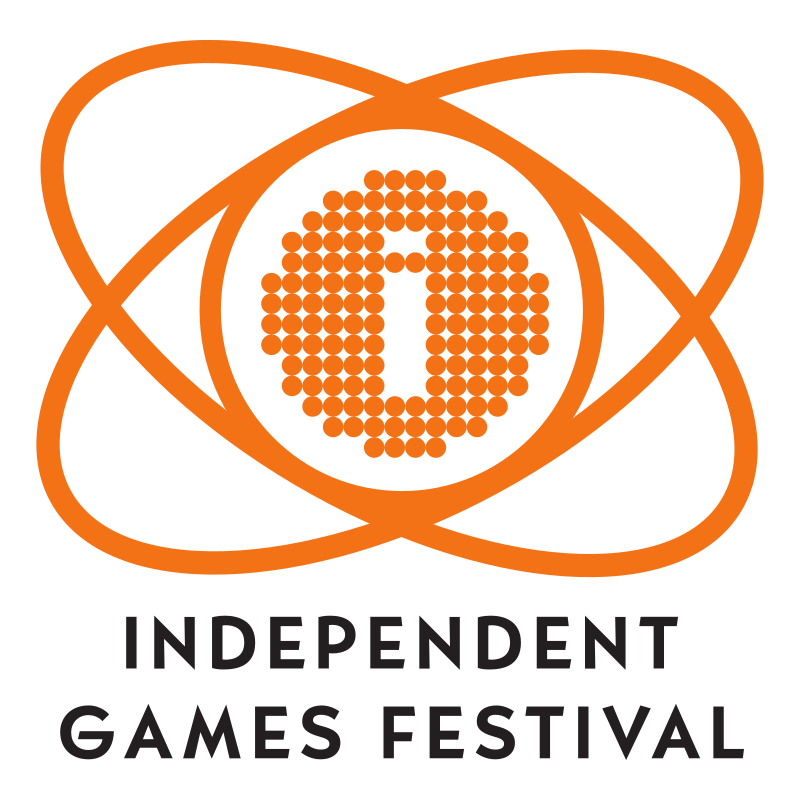So, by now most people are aware that independent film festivals exist and movies are being promoted by individuals and accepted as a major area of interest outside of major production houses. This is also the case with video games. Researching the Independent Games Festival (IGF) website shows that the IGF has been around since 1998. UBM Tech (producer of Gamastra.com and the Game Developers Conference) made the IGF to “Encourage innovation in game development and to recognize the best independent game developers”. Just as with the Sundance Film Festival, they pushed for recognizing independent game developers as well with cash prizes and notoriety.
So what does the IGF involve? The IGF is linked directly with the Game Developers Conference (GDC) and involves three primary elements: The Independent Games Festival Pavilion, The Independent Games Festival Awards and The Independent Games Summit. The Pavilion is a showcase of playable games from those finalists of the festival that year. Team members are present for each title to represent their game and answer questions. The IGF Awards ceremony occurs on the last night of the GDC, and involves celebrating the “best in indie gaming”, along with awards presented by the GDC for Game Developer’s Choice Awards. The Independent Games Summit (IGS) looks to “highlight the brightest and best of indie development” through panels and discussions on all sorts of indie game topics. So why get involved with GDC and IGF as someone interested in attending and also submitting a title?
Well for those attending the IGF, like other festivals, it is a great way to experience games they may never have the chance to experience in mainstream mediums and meet fellow gamers. For those with submissions to the IGF, the festival provides many opportunities: networking with other indie game developers and industry professionals, showcasing games to a wide audience, experiencing other’s designs and art in games, and the ability to win awards and prizes that can go on a resume.
Festival prizes sound like a good motivation to do great work, and these include seven major awards provided at the IGF and GDC. These are: Seamus McNally Grand Prize ($30,000), Excellence in Visual Art ($3,000), Excellence in Audio ($3,000), Excellence in Design ($3,000), Excellence in Narrative ($3,000), Nuovo Award ($5,000), and the Audience Award ($3,000). The last two are interesting as the Nuovo Award is a special award given to games that are more esoteric in art form with abstract and unconventional ideas; where the Audience Award places the power in the choice of the attendees at the IGF and GDC.
Students are also considered in the IGF through the Student Showcase competition, a move highlighting top games by students. Awards here are the IGF Student Showcase Winners (7 at $1,000) and the Best Student Game ($3,000). The judges in this and the other competitions are comprised of diverse gaming industry leaders, the press, and previous winners.
With so many success stories referred to on the site, those reading this article wanting to know more about indie games should check out the IGF blog and those interested in submission details for their own works should go here to learn how to submit and obtain key deadlines. With the location like San Francisco and taking place in March of 2015, this sounds like a great time to plan a trip to GDC and the IGF.
Benjamin Pope is a Game Design and Art/Animation student at the University of Advancing Technology working toward giving something back to the gaming industry through great, deep and addictive game titles. Here is my blog.



